Blog
Lumbar Spine Disc Herniations and SoftWave Tissue Regeneration Technology: A Powerful Combination with Spinal Decompression at Disc Centers of America - Cleveland with Dr Roger Huang
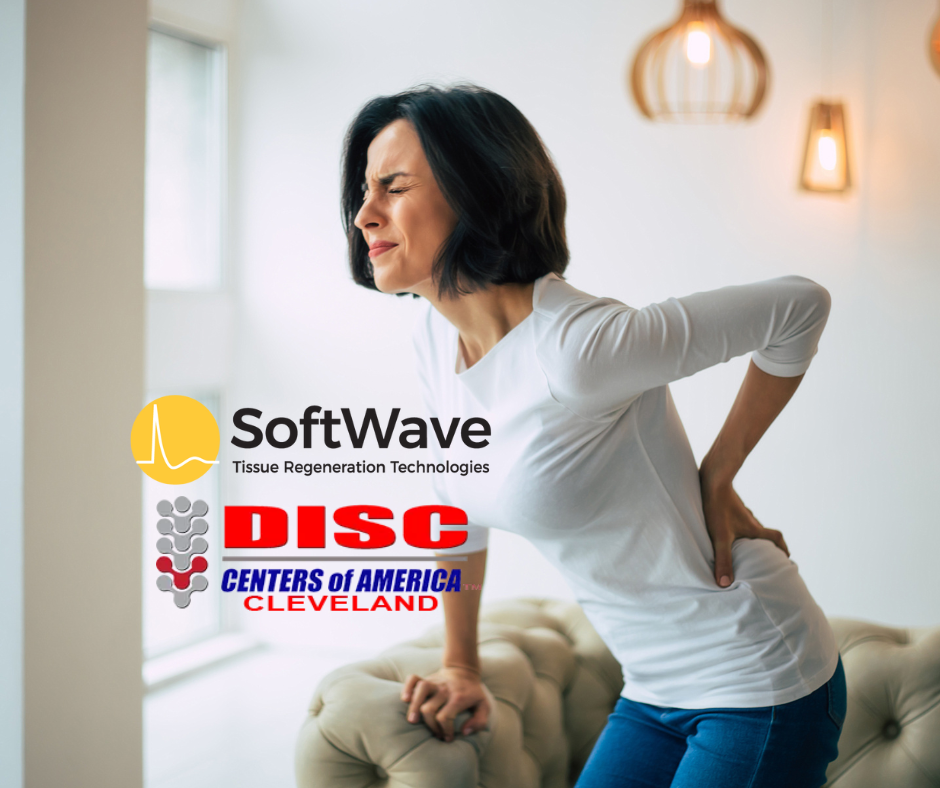
Lumbar spine disc herniations are one of the most common causes of lower back pain, and they can severely limit your mobility and quality of life. When the soft inner material of a spinal disc pushes through its tougher outer layer, it can press on surrounding nerves, causing pain, numbness, and discomfort. At Disc Centers of America – Cleveland, Dr. Roger Huang and his expert team use SoftWave Tissue Regeneration Technology (TRT) in combination with spinal decompression therapy to treat disc herniations and help patients find long-term relief.
In this article, we’ll cover the types of disc herniations, their causes and symptoms, and how SoftWave Therapy, combined with spinal decompression, offers a non-invasive solution for treating herniated discs and restoring spinal health.
What is a Disc Herniation?
A disc herniation occurs when the gel-like inner core of a spinal disc (the nucleus pulposus) pushes through the tough outer layer (the annulus fibrosus), often due to injury, wear and tear, or degeneration. Herniated discs can occur anywhere along the spine, but they are most common in the lumbar spine (lower back).
Types of Disc Herniations
There are three main types of lumbar disc herniations, each affecting the spine in different ways:
1. Contained Disc Herniation
In a contained disc herniation, the inner material of the disc bulges outward but remains within the outer layer (annulus fibrosus). This type of herniation can still press on nerves and cause significant pain but has not fully ruptured through the disc’s outer wall.
2. Non-Contained Disc Herniation
A non-contained disc herniation occurs when the inner material breaks through the outer layer of the disc, allowing some of the gel-like substance to escape into the spinal canal. This type of herniation is more severe than a contained herniation, as it can cause more pressure on nearby nerve roots.
3. Sequestered Disc Herniation
In a sequestered disc herniation, the inner material of the disc not only escapes through the outer layer but also fragments off into the spinal canal. These free-floating fragments can cause extreme pain, nerve compression, and even loss of function in the lower limbs.
Causes and Symptoms of Lumbar Disc Herniations
Causes of Disc Herniation
Several factors can contribute to the development of a lumbar disc herniation, including:
- Age-related degeneration: As we age, spinal discs lose their water content, making them more prone to tearing or rupturing.
- Trauma or injury: Sudden impacts, falls, or heavy lifting can cause a disc to herniate.
- Repetitive strain: Repetitive motions or activities that place stress on the spine can weaken the disc’s outer layer.
- Poor posture: Sitting for extended periods, especially with poor posture, can increase pressure on the discs and contribute to herniation.
Symptoms of Lumbar Disc Herniation
A herniated disc in the lumbar spine can cause a wide range of symptoms, depending on the severity and location of the herniation. Common symptoms include:
- Lower back pain: This can range from a dull ache to sharp, shooting pain.
- Sciatica: Pain that radiates from the lower back down one or both legs, often caused by compression of the sciatic nerve.
- Numbness or tingling: A herniated disc can cause numbness or tingling in the legs, feet, or toes.
- Muscle weakness: Compression of the spinal nerves can lead to weakness in the legs, making it difficult to walk or stand.
If left untreated, a lumbar disc herniation can result in chronic pain and even loss of mobility.
How SoftWave Therapy Treats Lumbar Disc Herniations
SoftWave Tissue Regeneration Technology (TRT) is a non-invasive therapy that uses electrohydraulic supersonic acoustic waves to stimulate the body’s natural healing processes. These acoustic waves penetrate deep into the affected tissues, promoting cellular repair, reducing inflammation, and activating resident stem cells to regenerate damaged discs.
The Science Behind SoftWave Therapy
SoftWave Therapy triggers several biological responses that help repair herniated discs:
- Stem Cell Activation: SoftWave stimulates resident stem cells, promoting the regeneration of damaged disc tissue and supporting the healing process at the cellular level.
- Modulation of Inflammation: SoftWave reduces harmful inflammation, which is a major cause of pain and nerve compression in herniated discs.
- Increased Blood Flow: The therapy promotes angiogenesis, the formation of new blood vessels, ensuring improved circulation to the damaged disc and surrounding tissues.
By stimulating the body’s natural healing mechanisms, SoftWave Therapy offers long-term relief from the pain and discomfort of lumbar disc herniations without the need for surgery or injections.
To learn more about how SoftWave Therapy works, visit us at Disc Centers of America – Cleveland.
Spinal Decompression Therapy: Relieving Pressure on the Disc
In addition to SoftWave Therapy, spinal decompression therapy is an essential component of treating lumbar disc herniations. Spinal decompression works by gently stretching the spine to relieve pressure on the affected discs and nerve roots, allowing the herniated disc material to retract and relieve nerve compression.
Benefits of Spinal Decompression Therapy
- Relieves Pressure: Spinal decompression creates negative pressure within the spinal discs, which helps draw the herniated material back into place and reduce pressure on the nerves.
- Increased Nutrient Flow: Decompression improves blood flow to the discs, promoting nutrient and oxygen delivery to the injured areas, which accelerates the healing process.
- Non-Invasive and Painless: This therapy is completely non-invasive and painless, allowing patients to recover without surgery or downtime.
When combined with SoftWave Therapy, spinal decompression provides a comprehensive treatment plan that targets both the cause of the herniation and the symptoms, offering long-lasting relief and improving spinal health.
The Power of Combining SoftWave Therapy and Spinal Decompression
By combining SoftWave Therapy and spinal decompression, Dr. Roger and his team at Disc Centers of America – Cleveland provide a multi-faceted approach to treating lumbar disc herniations. SoftWave Therapy stimulates tissue regeneration and reduces inflammation, while spinal decompression alleviates nerve pressure and promotes disc healing.
This powerful combination provides:
- Reduced pain and inflammation
- Improved mobility and function
- Faster recovery times
- Long-term disc health and stability
If you’re suffering from a herniated disc and want to avoid surgery or invasive treatments, SoftWave Therapy and spinal decompression offer a non-invasive solution that promotes healing from within.
Ready to Experience Relief from a Lumbar Disc Herniation?
At Disc Centers of America – Cleveland, Dr. Roger and his team are dedicated to helping you recover from lumbar disc herniations with cutting-edge SoftWave Therapy and spinal decompression therapy. Our goal is to provide you with long-term relief, improved mobility, and a better quality of life.
To learn more or to schedule an appointment, visit us at Disc Centers of America – Cleveland or request an appointment here.
- Cleveland Office: 2794 Som Center Road, Willoughby Hills, OH 44094 | Phone: 440-714-7723
- Ashtabula Office: 2709 Lake Ave, Ashtabula, OH 44004 | Phone: 440-998-2200
Let us help you find lasting relief from lumbar disc herniations today!
‹ Back
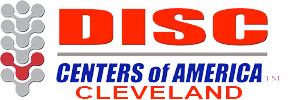


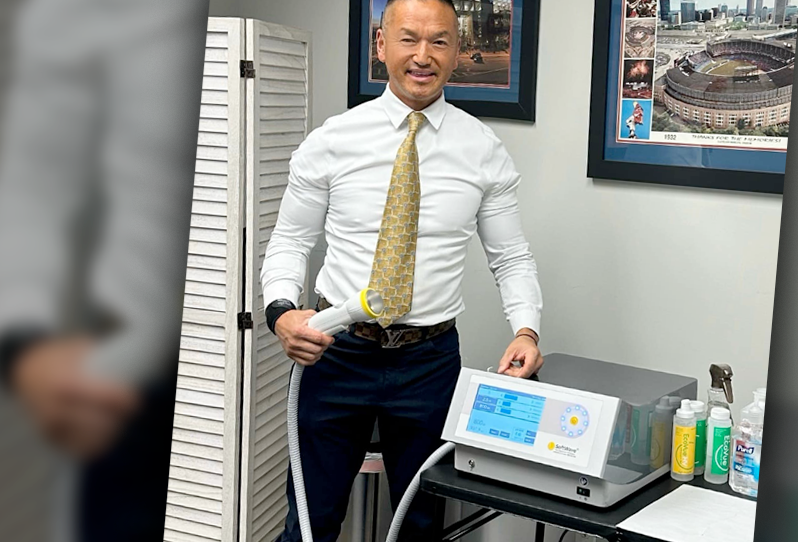
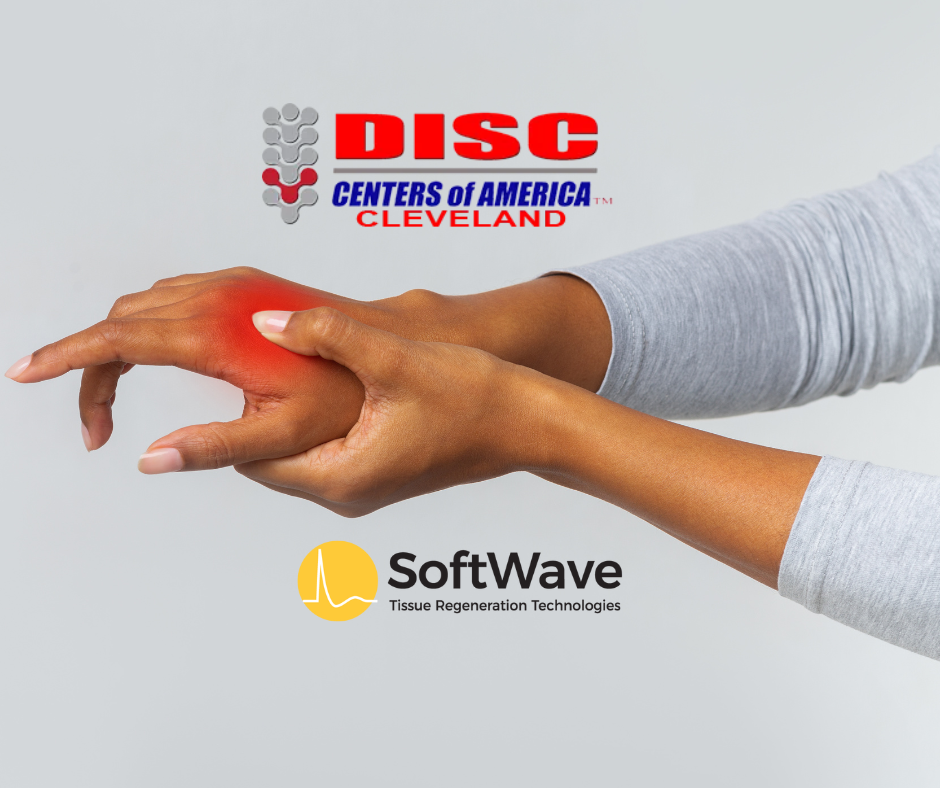
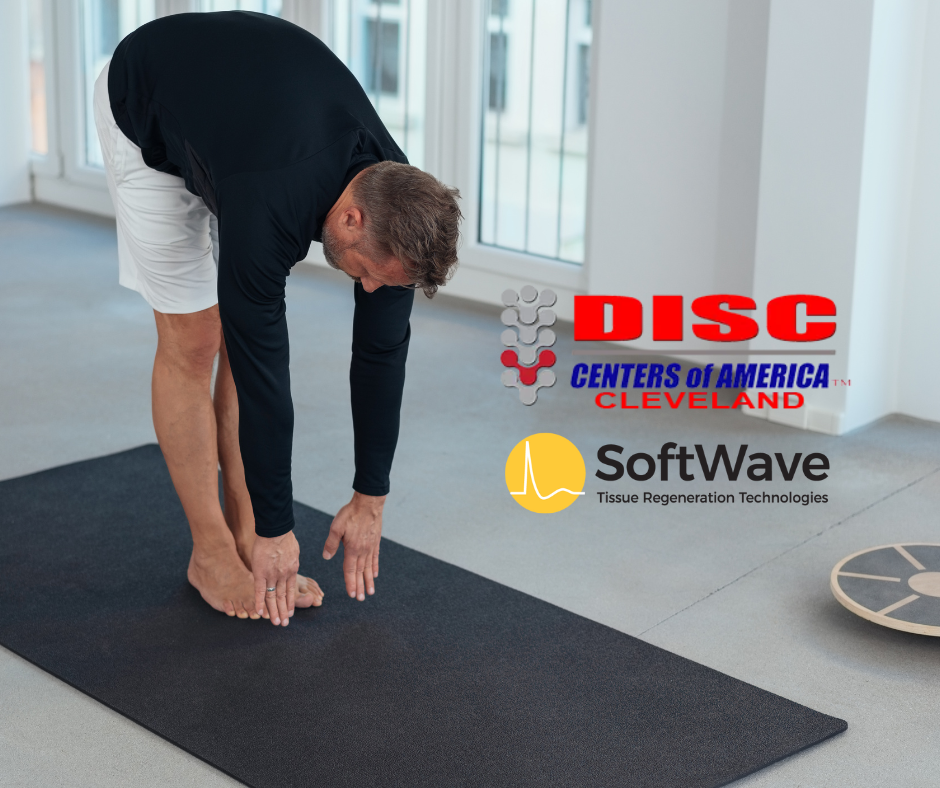
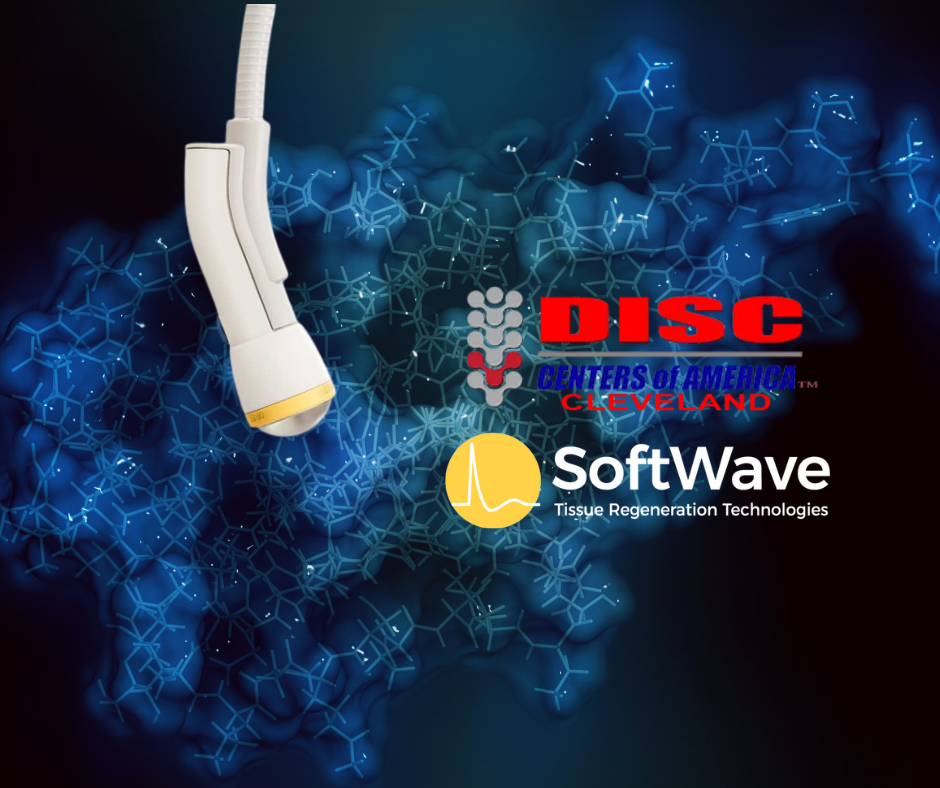
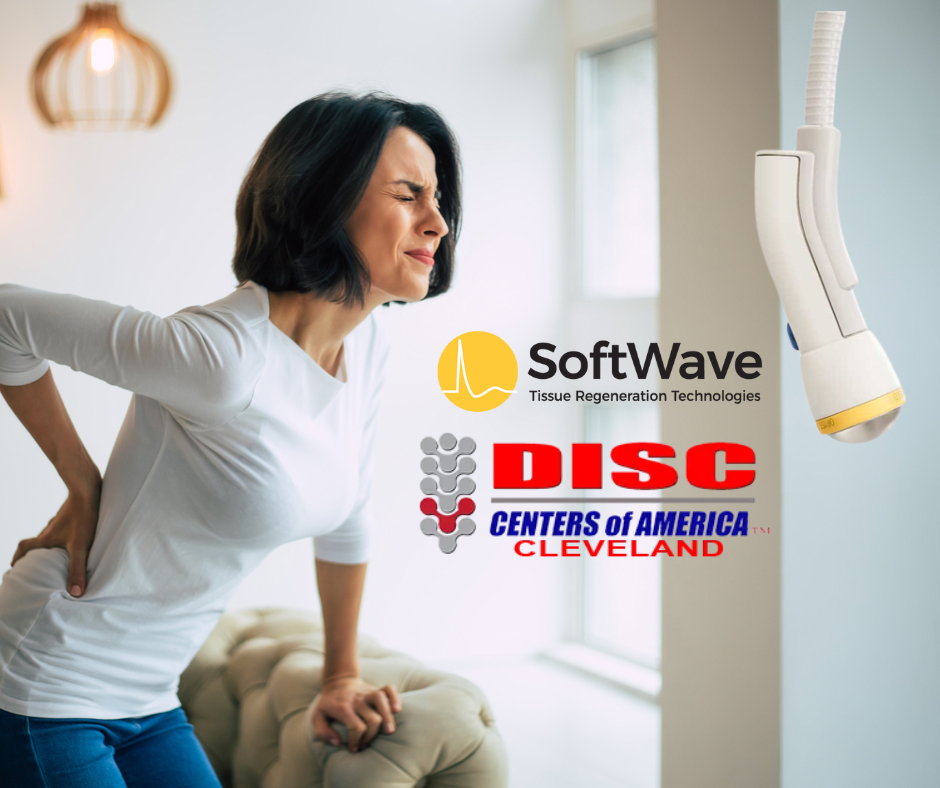

 2794 Som Center Road
2794 Som Center Road
